Like all machines, guns require regular maintenance to run at peak performance.
![]()
![]()
There is a lot more maintenance to firearms and firearm accessories than most people think. Cleaning a gun is similar to taking your car in to get an oil change. Just like parts on a vehicle need replacing over time, so do gun parts. If you aren’t great at remembering the last time you inspected your guns for rust, wear, and damaged parts, consider doing all your routine maintenance for firearms every six months when your smoke alarm batteries start beeping. Of course, guns should be inspected, cleaned, and lubed more frequently, but if you’re not an avid shooter and those guns mainly stay in the safe, this will help remind you to take care of them.
Here are 8 tasks to perform routine maintenance for firearms:
1. Deep clean the gun
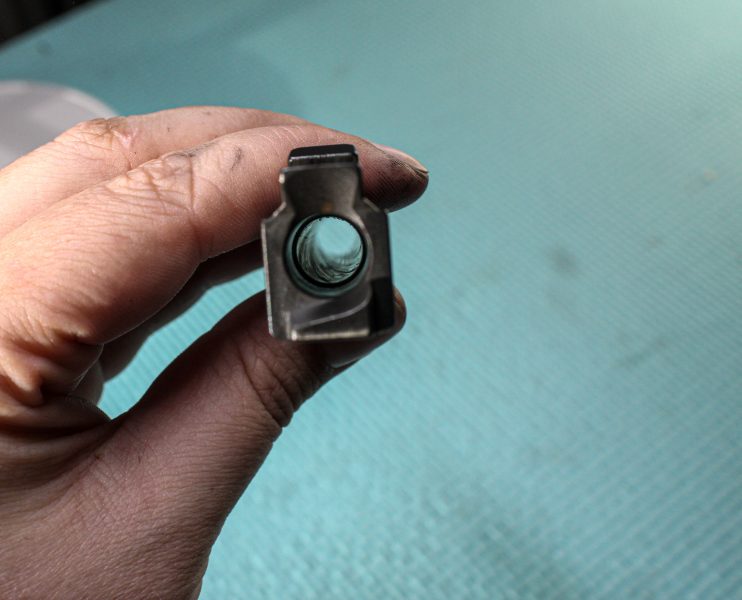
While this may seem obvious, the first thing you need to do is have a dedicated cleaning day. Guns that sit for long periods of time without use are dirty in a different way than those live fired more often. These guns collect dust just like a ceiling fan or lampshade does. Clean the gun as you would any other after a trip to the range, but also use a copper cleaner through the barrel to clean out any copper residue and prevent build-up.
2. Look for rust
The number one killer of firearms is rust. Depending on where you live, the change in temperatures, humidity levels, and other environmental factors can also affect guns inside the house, as well as in the safe. If you store firearms in a gun safe, use silica gel beads to absorb moisture in the air when the door is closed. If you do find rust on your firearms, use a brush or steel wool pad with some gun oil to scrub it off. If the rust is much more extensive and in areas you can’t reach, take your gun to a gunsmith or armorer to disassemble, clean, and replace parts as needed.
3. Lubricate the gun
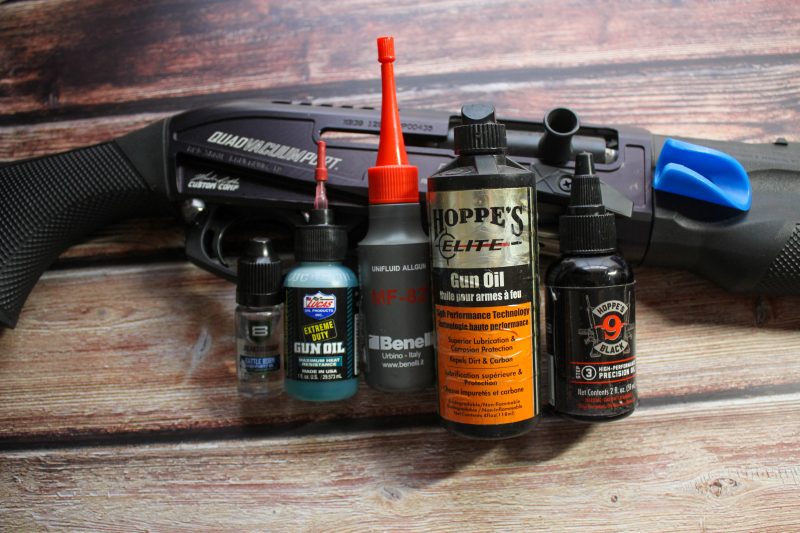
If you do nothing else during your routine maintenance for firearms, but oil your gun, you’ll be in better shape than most. Oiling your firearms will help prevent rust build-up and allow the gun to function better when live firing. Gun grease is also good for high friction places that get a lot of wear such as the action and slide. Grease is also best used on worn-down bluing on a gun.
4. Replace ammunition
A gun can only function as well as the ammo you feed it. If you’ve had hollow points loaded in your bedside gun for 6 months or longer, it’s time to replace them with new rounds. The oil on the gun can start to break down and corrode ammunition. If routine maintenance for firearms includes your carry gun, sweat from your body, and condensation from temperature changes can easily cause rust and corrosion to occur.
5. Maintain magazines
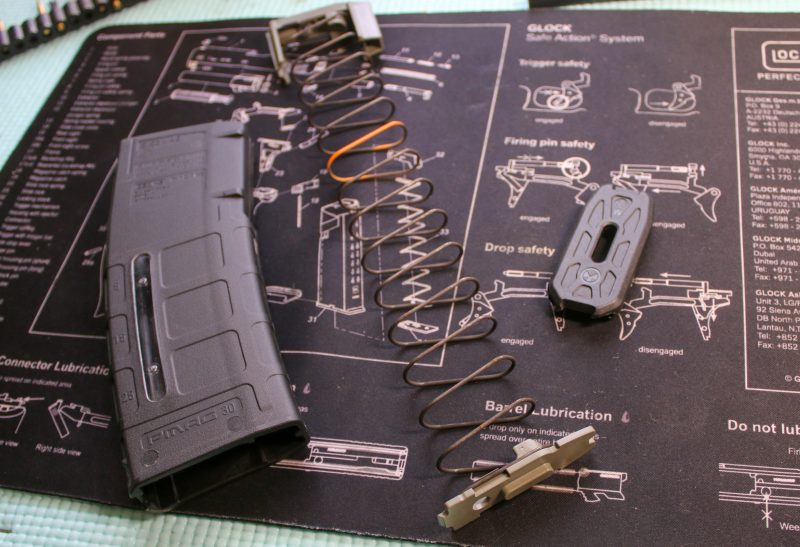
Routine maintenance for firearms also includes the magazines you feed it. Disassemble and clean your magazines with a brush and avoid using any cleaning products with oil. Magazines collect dust, dirt, copper, lead, and more. When the follower and spring are depressed, these obstructions can cause the follower to get stuck or the spring to collapse. Most failure to feed malfunctions are from a magazine issue. Replace magazine springs every six months, and you can even replace the followers and base pads.
6. Replace parts
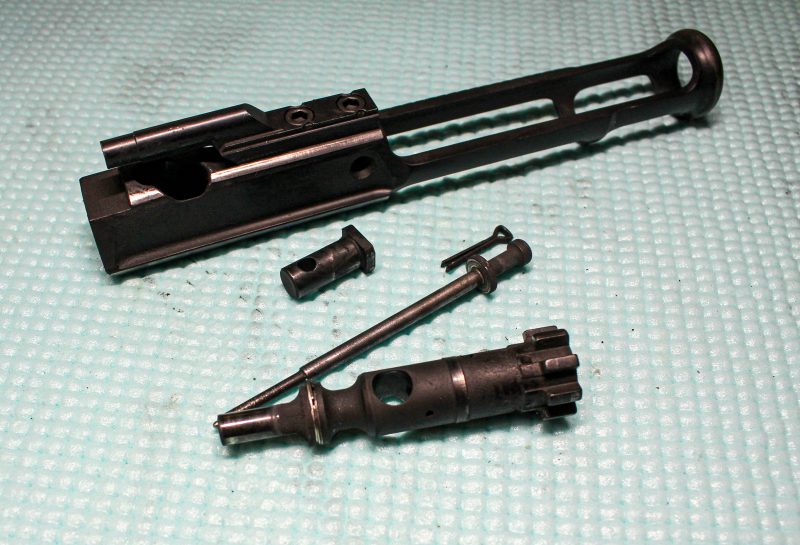
It is a good idea to replace internal parts on a gun if you know how to or consider having a gunsmith or armorer complete this step for you. The bolt of a rifle, for example, has gas rings that are essential to the function of the firearm. It is a good idea to replace these often and regularly, even if they are not worn out yet. Preventative maintenance is a lot better than reactive maintenance. Replacing the guide rod and guide rod spring on a pistol ensures the proper functionality of the gun. Tube-fed shotguns will need a new spring to feed the shells onto the lifter without jamming the gun.
7. Aftermarket parts inspection
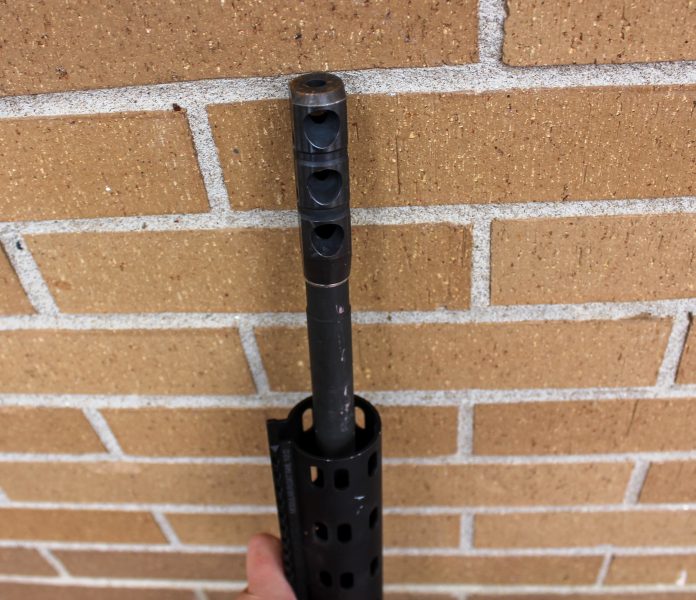
This step is completely dependent on what aftermarket parts, sights, scopes, lights, lasers, and more you’ve installed on your guns. Always check the batteries in optics for corrosion. If you don’t use a gun often that has a battery-powered optic, consider only putting a battery in it when you plan to use it. Check that your scope mounts are secure, lights and lasers are working, and that your night sights still glow. Rifle muzzle brakes are known to corrode, especially with copper fouling. Be sure to clean any rust or corrosion off of them. It is important to clean shotgun choke threads and oil them before screwing them back into the shotgun barrel.
8. Live fire function
Nothing beats a live-fire function test. If you carry a gun daily but haven’t fired it in weeks, months, or even years, it is never a bad idea to test fire it. You need to know if it is as reliable as the day you bought it or first shot it. It’s the one you’re going to count on to save your life. Routine maintenance for firearms doesn’t mean you need to go shoot every gun you own, but the ones you use for self-defense or home defense should be live fire function tested.
The more you take care of a gun, the longer it will last. Routine maintenance for firearms is crucial for the longevity of the gun’s accuracy and functionality.
ABOUT THE AUTHOR

Kenzie Fitzpatrick is a professional competitive shooter and an active blogger for many firearm websites. As an NRA-certified instructor and National Range Officer Institute Chief Range Officer, Kenzie trains new shooters on basic firearm safety, brings new shooters to competitive shooting, and works major matches across the country. She has a passion for teaching people how to concealed carry and is a positive ambassador for the Second Amendment.
![]() You may also enjoy these popular articles:
You may also enjoy these popular articles:
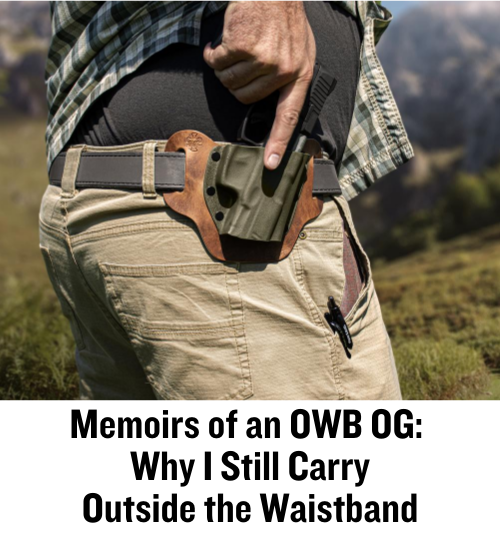
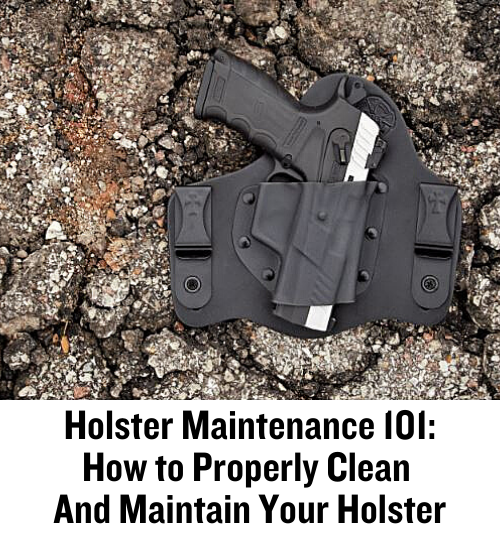
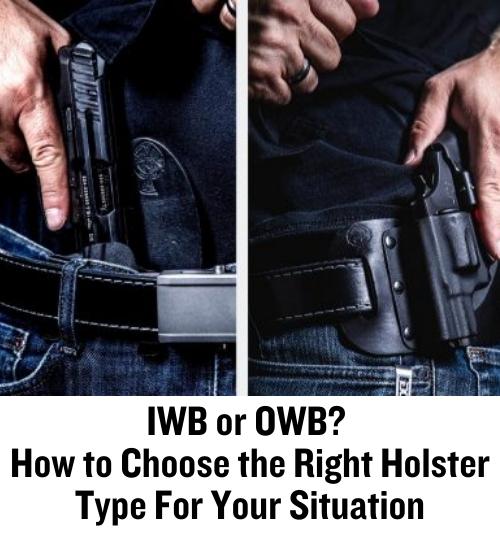

©MTC Holsters, LLC and CrossBreed Holsters Blog, 2021.
Unauthorized use and/or duplication of this material without express and written permission from this site’s author and/or owner is strictly prohibited. Excerpts and links may be used, provided that full and clear credit is given to David Workman and the CrossBreed Blog with appropriate and specific direction to the original content.
![]()

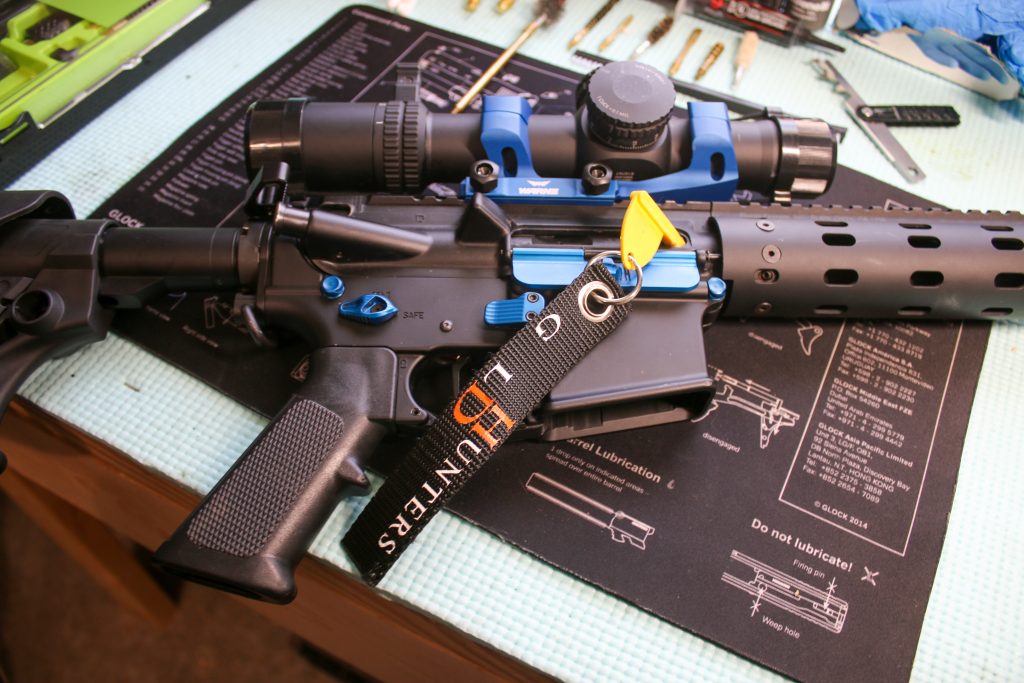
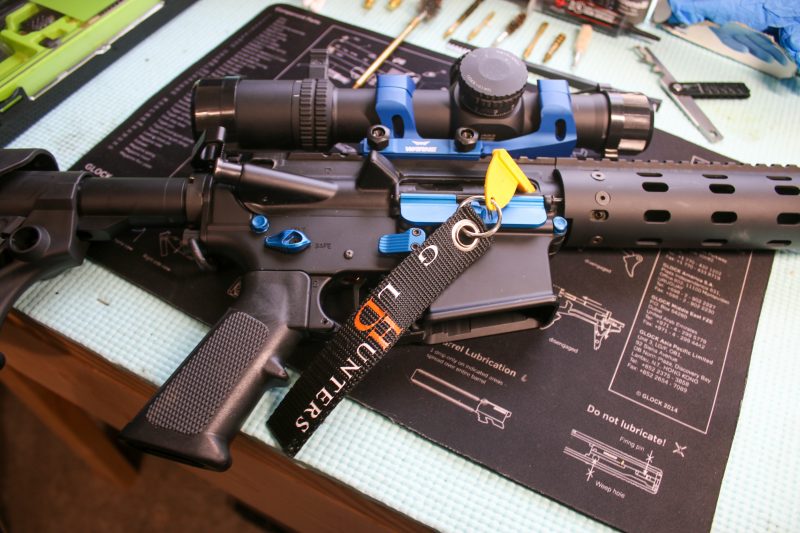
It was interesting when you explained that rust is the number one killer of firearms. I would imagine that you would want to inspect the inside of a gun’s barrel if it is old enough to be considered an antique. I would think that rust inside of the barrel could cause an accident when the weapon is fired.